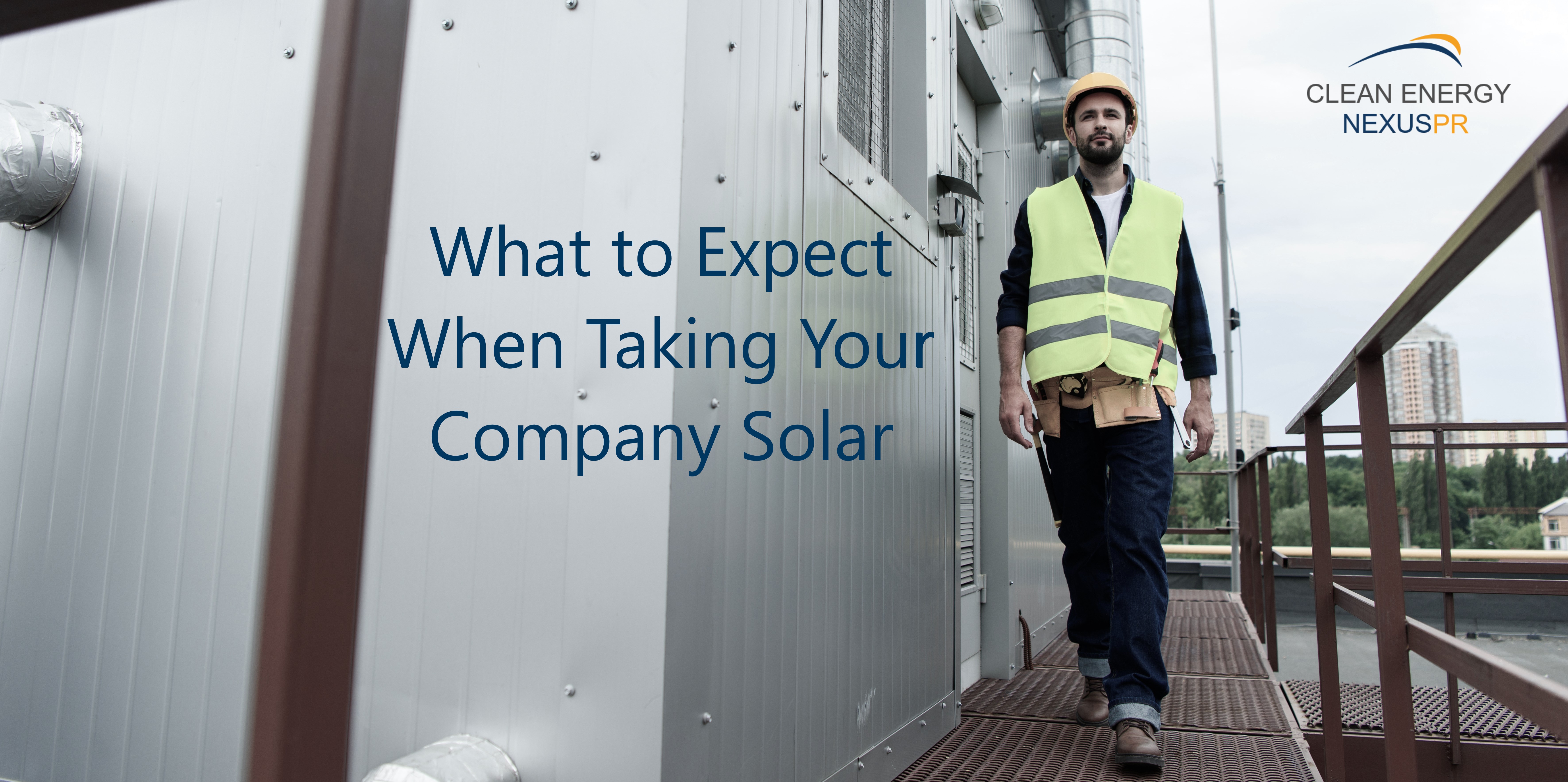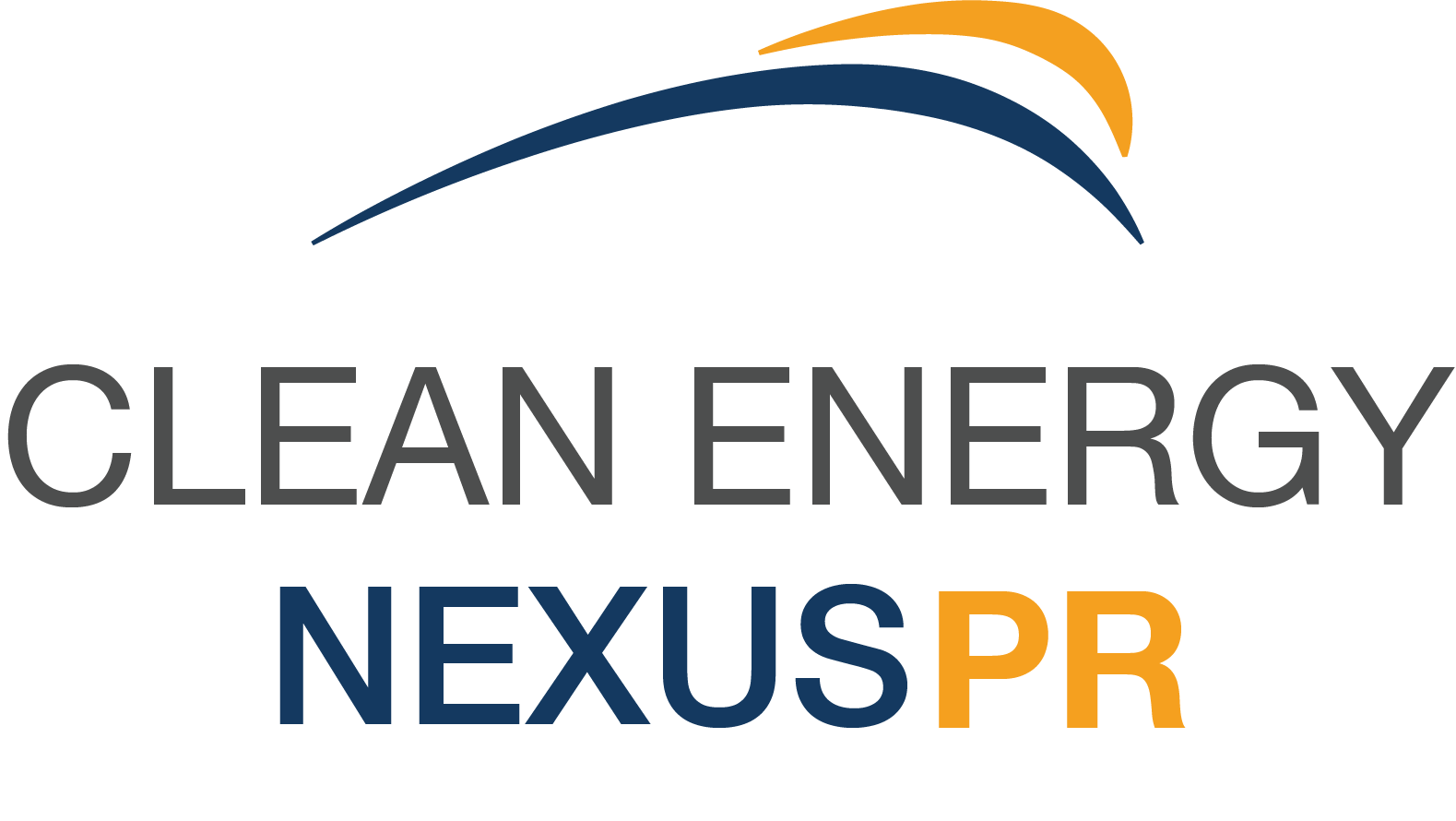Deciding to take your company solar is a big decision, and one you'll likely think about for a while before deciding to move forward.
Knowing what to expect helps by preparing each person involved for the project and setting expectations early on to help business owners decide when the right time to take on their solar project is.

If you're considering installing a commercial or industrial solar project, you can expect anywhere from 3 to 18 months turnaround from the time you choose a solar partner to the time your system is turned on and producing energy (in the biz we call this C.O.D. or Commercial Operation Date).
Many factors affect this timeline. Right now in 2022 we're facing a solar equipment shortage due to an import ban (mainly products from the Uyghur region in China that were made with material from forced labor) and high demand/low supply. President Biden just signed the Inflation Reduction Act of 2022 (H.R. 5376) that included a $369 billion budget to address climate change, which will change the solar industry in America by encouraging stateside manufacturing and buying from American equipment manufacturers. However, manufacturing plants aren't built overnight, so we expect a production lag while these facilities are built before we see a difference in the market.
Does this mean it's a bad time to consider adding another source of electricity to your building? No. But knowledge is power, so we've captured what our clients want to know before they jump on board the solar train.
Documentation
Expect to sign a number of real estate documents, including a lease for the land/roof the solar will be built upon, estoppels, SNDAs, a Memorandum of Lease (or in Puerto Rico, a deed),
You'll be responsible for providing proof of property ownership with a deed, the current roof warranty (if applicable), proof of business insurance, financials (if working with an investor or securing a loan for the build), and your last 12 months of electric bills. Your solar partner will also need all of your incorporation documents from when you started your business that prove you can sign on behalf of the company and the company is in good standing.
A PPA or Power Purchase Agreement sets out the kWh rate between the electricity purchaser and system owner for the number of years they agree upon, and is often one of the first documents signed.
There's a lot more documentation during the process that comes from the construction and engineering side of building a solar electricity power generation system, which your solar partner should complete for you.
Read more about the contracts involved in a solar transaction in Solar Contracts 101!
Permits
Whether you need permits and how long the requests take to grant vary depending upon your location, property zoning, whether you're building a ground mount system or roof-mounted system, and more. Sometimes receiving a permit is as simple as walking into your local permit office with a drawing, and sometimes it's a months-long process that involves inspections, blueprints, and equipment specs. Choosing a local solar partner often means they know the process and the people, and they should be able to advise you on how long the permit part of the process will take, and if they're necessary.
Depending upon which utility you're connecting to, there's also an interconnection process whereby the solar panel power generation system you build is connected to the local electricity grid through a substation. The main test here is how much power the substation was originally built to pass through, and if it was built to allow power to travel both ways; to the customer, and also back to their power plant. Often there is a fee for sending an engineer or electrician employed by the utility company out to check the substation you'll connect to and a wait time to check it. If the substation needs to be upgraded before you can connect your solar power generation system to it, there could also be a longer wait in store for you.
Of course you can always choose to keep your solar off-grid, meaning only your building would be able to use the electricity the solar panels produced. Keep in mind though, that the electricity from the solar and the electricity from your utility company likely need to run through the same lines, so you'd have to shut off the electricity from the utility to run just the electricity from the solar panels through it if you didn't go through the interconnection process.
Equipment Readiness
Unfortunately, the solar industry has been hit by the supply and demand backlog. Coupled with a few key - and good for Americans - laws passed lately (namely the Inflation Reduction Act of 2022 and the law against purchasing anything manufactured in a region that has committed crimes against humanity, such as in the Uyghur region of Xinjiang China) have both incentivized and forced American installers to purchase solar equipment made in America.
The thing is, we don't have as many manufacturers here as the supply demands - yet.
As we ramp up production stateside, which incentives in the previously mentioned Inflation Reduction Act will spur, it's likely that prices for solar equipment made in the good old US of A will go up.
The Inflation Reduction Act increased tax rebates for companies installing solar through 2033, so it's still a great time to build and save money on the solar install - or more accurately, earn money on the solar install from the government.
Your solar partner can help you determine which rebates and incentives you qualify for and ensure you hit the maximum amount through their project management. Keep in mind most of the incentives go to the owner of the solar system, so if you're not paying for the solar (or have partnered with an investor), the tax incentives go to the payor.
With the recent bill passed into law, it's a great time to take advantage of government rebates on solar. Since solar projects take some time to ramp up and get from beginning to end, it's also a great time to put those wheels in motion to cash in on the government incentives while we can!
Knowing what to expect is a great place to start. Your next steps are to get ready to take action and take your company solar when it's the right time for you.
Picture attributed to DepositPhotos.com
